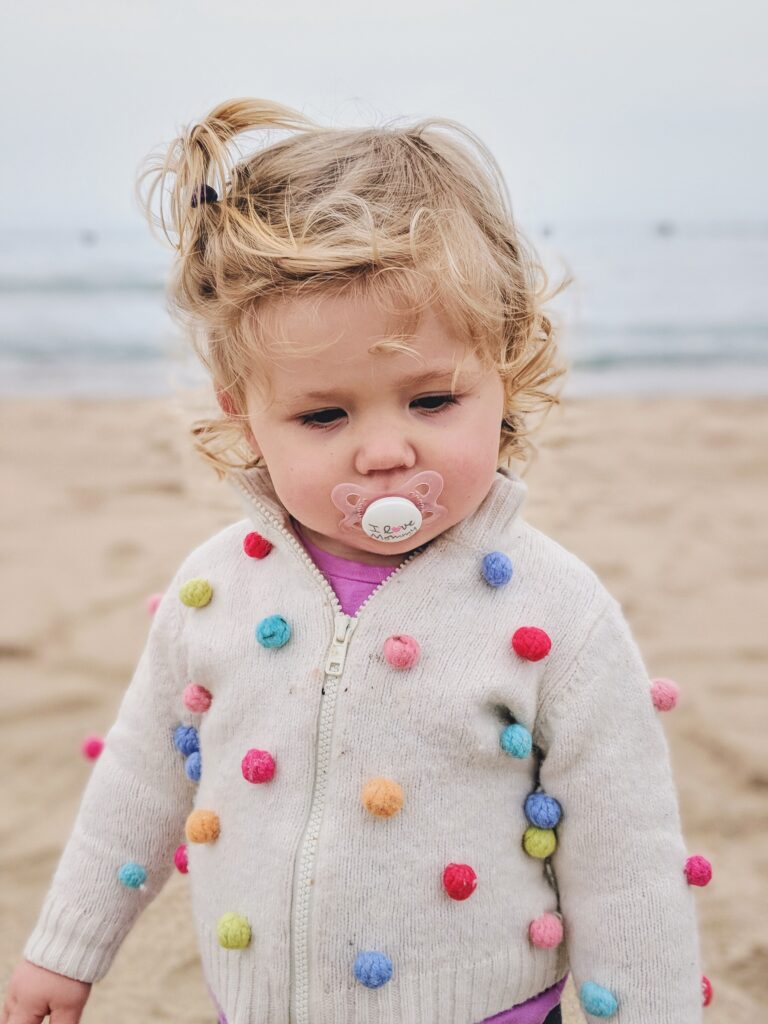Table of Contents
Toggle5 Stages of Teething in Infants and Symptoms
Did you know that there are 5 stages of teething in infants and babies? Now that you have known, I will take you through everything you need to know about teething. The infant’s ever-rising temperatures, unsettling nights, and constant diarrhea are some of the things we will tackle in this article.
What is teething?
Teething is a stage during which a baby’s teeth start growing through the gum line.
During the teething period, the baby’s body produces some chemicals that might temporarily affect the baby adversely.
When does teething in babies start?
Each baby is different; some babies might start teething earlier while others delay. In most cases, the teething starts at 4 to 7 months.
What are the 5 Stages of Teething?
In most cases, during teething, the lower central incisors grow, followed by the upper central incisors. Before the last set of teeth grows, the baby undergoes five stages.
· Stage 1
Stage 1 occurs between 0 and 6 months. During this stage, the baby develops 20 primary teeth beneath the gum, with the first 2 lower central incisors protruding above the gum. Since these teeth protrude when the baby exclusively feeds on milk, they are called milk teeth.
· Stage 2
The second stage takes place when the baby is between 6 and 8 months. During this period, the upper central incisors start emerging from the gums. This is when the nightmare of teething kicks in, with the baby chewing anything their teeth can come across.
Why do babies randomly bite things during stage 2 of teething?
Babies bite solid things during the second stage to alleviate the discomfort and pain that comes with teething.
You will also notice that the baby will appear to drool more during this stage. Putting a bib will keep their chin dry and reduce the risk of drool rash.
· Stage 3
The third stage of teething takes place when the baby is between 10 and 14 months.
During this stage, the premolars will slowly but gradually start to protrude from the gums. The baby might get crankier than the second stage, lose appetite, have diarrhea, and have a fever. Additionally, the baby’s sleep schedule might become disoriented, making it hard for you to keep up with them.
· Stage 4
Stage 4 of teething occurs between 16 and 22 months, during which the canine teeth start to surface. Since the baby manifests similar symptoms in the other stages, it is advisable to follow the tips below.
· Stage 5
Most parents and pediatricians claim that this is the most painful teething stage. It is during stage 5 when molars, the largest teeth in the dental formula, start emerging. As a result, the normal soothing techniques might be ineffective regardless of how frequently you use them.
If all soothing techniques fail, you can give the baby a hard vegetable to chew on. Wash the vegetables clean and remove any parts that might pierce the baby’s gum. The vegetables will not only soothe the baby but also provide them with nutrients.
Golden tips on soothing a teething baby
Now that you know the 5 stages of teething, let’s get to soothing teething babies. Since the baby’s gums might be sore or extremely sensitive during teething, follow these tips.
1. Massage the baby’s gums
You can use a clean finger, a clean and dampened gauze pad, or a damp washcloth.
2. Give them a teething ring

Use a teething ring made of hard rubber. Avoid teething rings that are filled with liquid since they break easily. Alternatively, give them a pacifier.
3. Medication
If the baby develops extreme symptoms, talk to your pediatrician. The pediatrician will prescribe the best medication to alleviate the discomfort and pain of teething.
4. Keep the baby dry
Drool rash is a common issue that occurs due to excess drooling. You can reduce drool rash by putting a bib on their neck to trap any drool.
5. Water on a bottle

Put water on a feeding bottle and let the baby suck it. As the baby sucks on the water, they also massage their gums and tiny teeth, reducing pain and discomfort. Avoid putting milk or juice in the bottle since the sugar in the two might lead to tooth decay.
6. Incorporate hard food
It is also advisable to give the baby hard foods that they can comfortably chew on during the teething stages. You can give the baby things like carrots or cucumbers but supervise them since they might break, resulting in choking.
What are the Common Teething Symptoms?
These are the most common teething signs and symptoms:
-
- Red, swollen gums.
-
- Loss of appetite.
-
- Diarrhea.
-
- Fever.
-
- Fussiness and crying.
-
- Coughing.
-
- Gnawing or chewing on anything.
-
- Temperatures above 38 degrees Celsius.
Why do babies get diarrhea while teething?
There are so many misconceptions about the correlation between teething and diarrhea and why it occurs.
According to myths, a worm in the gum during teething causes diarrhea.
Here are facts on the leading cause of diarrhea during teething:
-
- A change in a baby’s diet might make them react through an eruption of diarrhea.
-
- Babies start losing antibodies from the mother at the age of 3 to 7 months, which is
coincidentally the teething age. Due to lower antibodies in the baby’s body, they become susceptible to infections, which result in diarrhea.
-
- As the baby is teething, they put everything inside their mouth, including dirt. They
might therefore have diarrhea due to the resulting infections.
Things to Avoid Giving Teething Babies
-
- Sugary things since they might cause the teeth to decay.
-
- Frozen items since low temperatures might damage the gums.
-
- Alcohol to numb the baby’s pain.
Bottom Line
Teething in infants is a stressful stage of growth that you should brace yourself for. I hope this article has answered your questions on controversial topics including the causes of diarrhea during teething. May your cute little one grow healthily.


